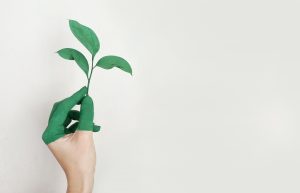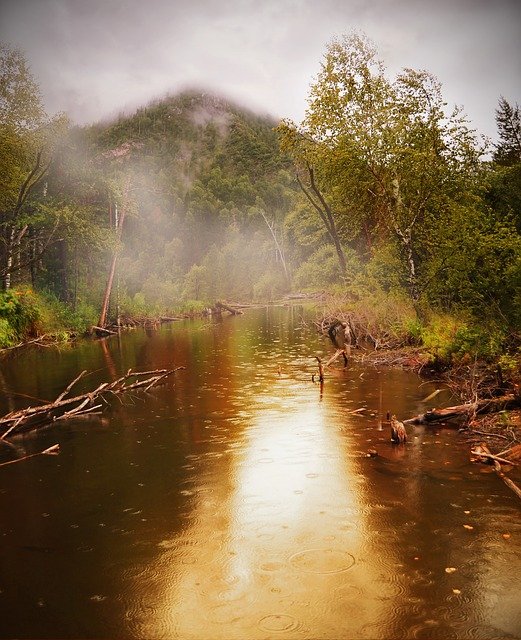The Use of Environmentally Friendly Paintings
 Brief History of Paint and an Explanation of Its Composition
Brief History of Paint and an Explanation of Its Composition
Paint from the past
Some paint is not only made from dyes. You also need a binder so that the dye can adhere to the substrate. If you didn’t add this, the pigments could simply be wiped off the surface as loose powder after the paint has dried. Traditionally used binders include linseed oil, egg yolk, bone glue, or milk ingredients.
In addition to the binders and dyes, paint also consists of solvents , fillers to make the paint thicker or matt and often some additives.
Contemporary paint
Due to developments in the chemical industry, paint production disappeared from homes, studios and workshops and moved to factories. Many of the natural raw materials were replaced by synthetic raw materials. This also created the situation that we now no longer know very well what is actually in that jar of paint. A bit similar to what actually happens in the food industry.
Other painters or decorative painters still work with homemade paint like ‘commercial painting’. Icon painters, for example, often create their own egg tempera and some master painters will create their own mixes for marble and wood imitations. Making your own paint is great fun.
What type of paint is in the pot?
It is quite easy to find out which solvent has been used. Besides that you can of course smell it, you can also find it in the instructions for use. If you can clean your tools and brushes with water, the paint is water-based. If that is to be done with turpentine, then you are dealing with a solvent-based paint such as alkyd paint. Alkyd paint contains more solvents than water-based paint and is therefore more harmful to people and the environment.
Regulations on paint
Today it is mandatory for painters to use water-based paint indoors. It is also mandatory to state the amount of VOC (volatile organic compounds) on the label and this content may not exceed certain set standards. And heavy metals have fortunately not been allowed for years. Very safe for children’s furniture and toys.
Products can be environmentally friendly, but you must also work with them in an environmentally conscious manner
Ways to Clean Your Paint Brush
Clean brushes in an environmentally friendly way
How do you clean your brushes and rollers? Some people argue that it is better to just let the rollers and brushes dry out and then throw them away. Some prefer to use some kind of cleaning system, an environmentally conscious solution for rinsing the brushes. Some used this system during their workshops and they liked it very much.
Cleaning system for brushes and rollers
You fill three pots or containers with water and rinse your brushes in the first pot. This is most suitable with synthetic brushes, because pig bristles do not like water. You can leave the pots or trays with dirty water standing to let the solids sink to the bottom. You then pour off the top layer of clean water and let the rest evaporate and dry out.
Keep the brush between paint jobs
If you are working with solvent-based paint and you need the brush again the next day, you do not have to clean it immediately. Wrap it tightly in a piece of household plastic and / or in a plastic bag and put it in the freezer or refrigerator.

 Brief History of Paint and an Explanation of Its Composition
Brief History of Paint and an Explanation of Its Composition